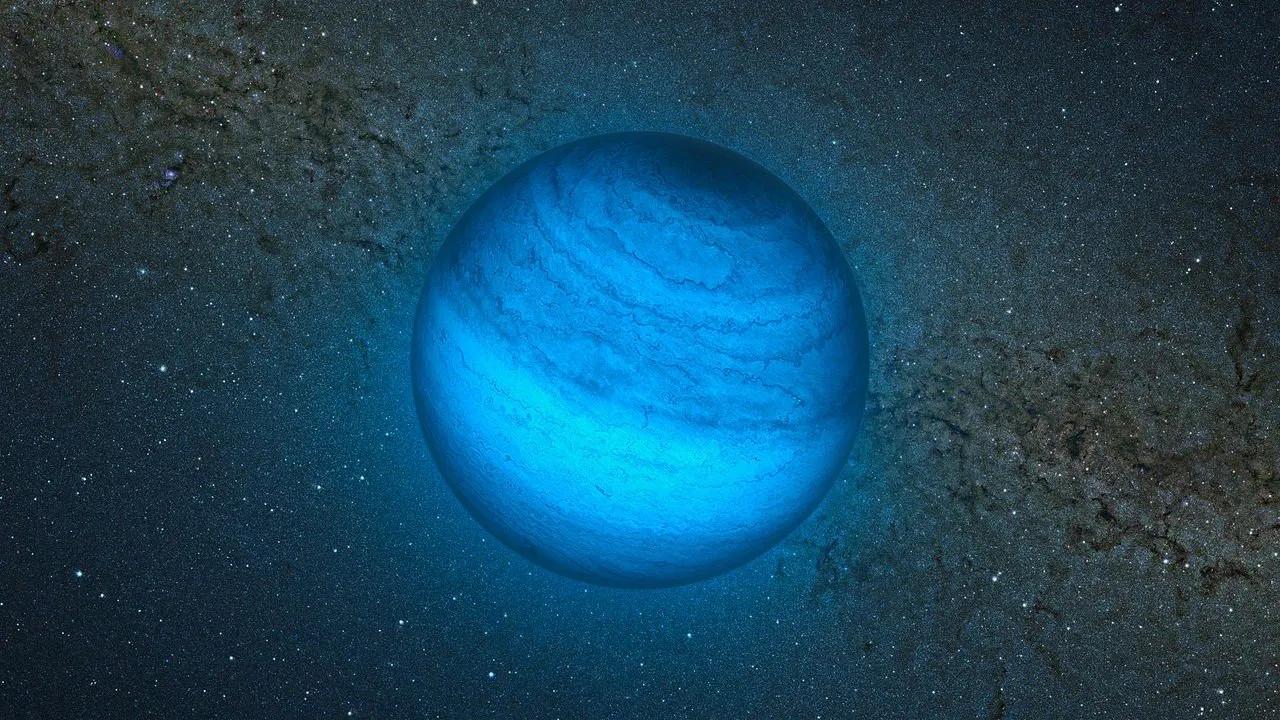In a previous blog post, I talked about how the universe keeps throwing us for a loop with respect to worlds around other stars. So much of what is out there is nothing like what we would have expected and had a science fiction author written it, that individual would have been scoffed at for their lack of originality. I anthropomorphized the whole situation by likening the universe and its surprises in space as Sky Father, the old grandfather who likes to play 'Pull my finger.' It seems there are still more stinkers that old and obnoxious gent might be belting out stinkers.

It turns out there are a class of bodies that the layman would call planets that are not orbiting stars. These are often called free floating or rogue planets. Pendants in the exoplanetary astronomy community love to point out they are not really planets, simply because the definition of a planet requires it be orbiting a star. And here, there is no star. It seems a bit...silly, in the kindest terms, but a vocal minority is very vocal.
These free floaters are a detected by what is called microlensing. The planet passes far enough from a star often very far that it bends the light around the planet. The timing must be exactly right. The instruments have to be very sensitive. And there is a nontrivial amount of luck involved. Through this, there have been several planets found nowhere near a star. Not even a dead one.
How do they get there? There are two scenarios. The first is they actually just form that way. In the nebulae where stars are formed, it is possible a planet will not form in a disk around a star. We don't know how rare or common it is. There could be millions of free floaters out there we have no idea are present that formed in small gravitic whirlpools of their own. The other possibility, even a probability, is that when a star forms, some of the planets that form around it are thrown out into interstellar space. This happens either when the exoplanets migrate through the protoplanetary disk or form in orbits that eventually will cross with a larger planet in the system.
Wherever they came from, we are still trying to figure out just how many there are.
No matter what, Sky Father is getting his...giggles.

Another type of exoplanet that was discussed before was the mini neptune. They appear to be balls of gas that are 1.5 to 4 earth diameters. They seem to be a bridge between the terrestrial planets and worlds like neptune. They are the same diameter as a superearth, but with far, far less mass. This is as you would expect: superearths are primarily made of rock and mini neptunes of gas.
HOWEVER!
It appears Sky Father might have snuck yet another stinker into the mix.
A new paper came out that suggests it might be possible for a terrestrial world, like Earth, Mars and Venus, to have rings. Remember one of the primary ways to detect an exoplanet is to detect the shadow, or dimming, it causes when it passes in front of a star. This is called transit detection. Since this may a way for a smaller planet to produce a shadow much larger than the planet itself, it could be a number of the mini neptunes the exoplanet astronomers have found might actually be worlds like Earth with a ring system like Saturn. Only through careful observation will be be able to tell the difference. HOW the shadow is cast will tell us whether or not it is a ring system...or a mini neptune.
Sky Father clearly has more tricks up his... sleeve. And astronomers keep finding new stinkers to delight us...and make us hold our nose.
